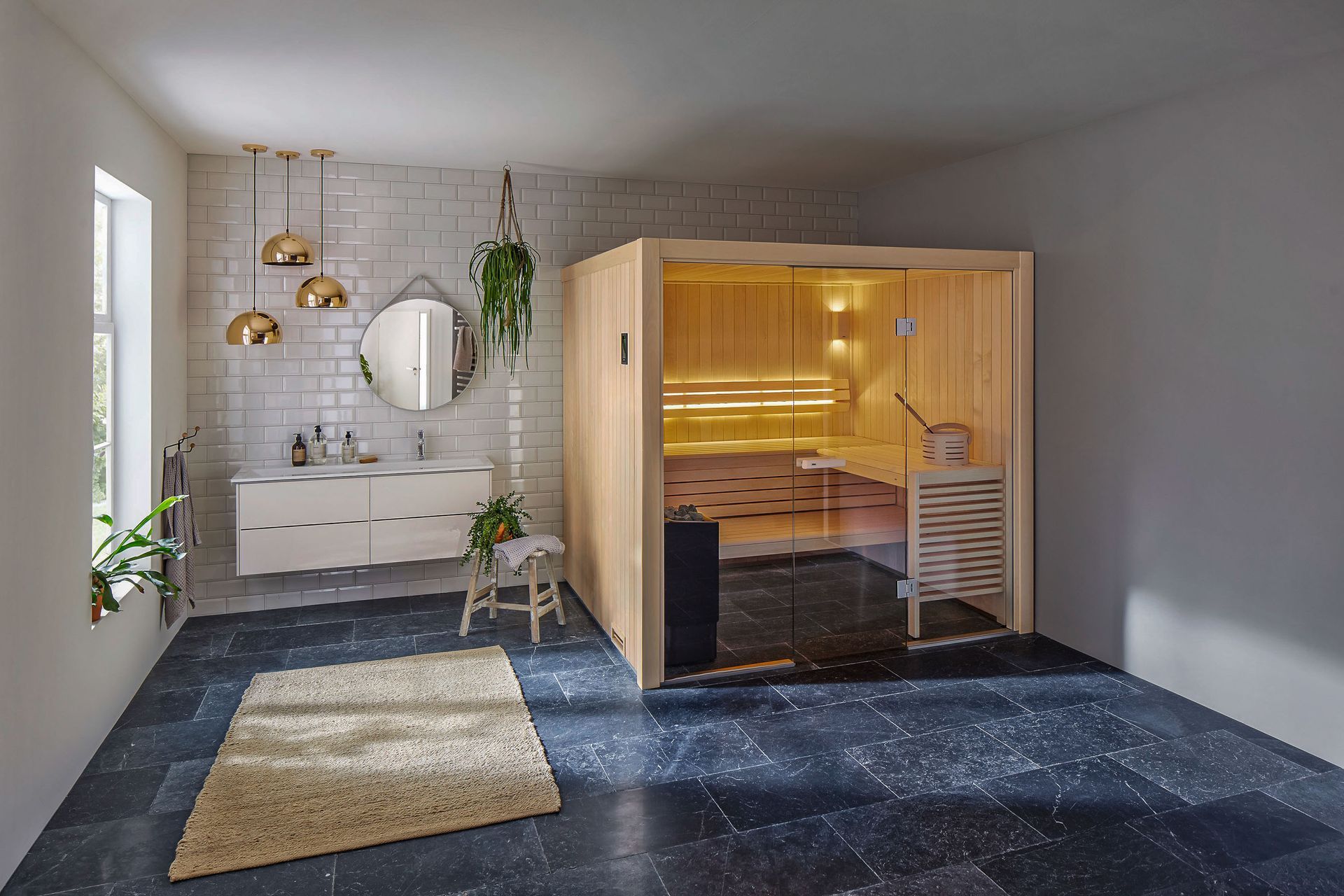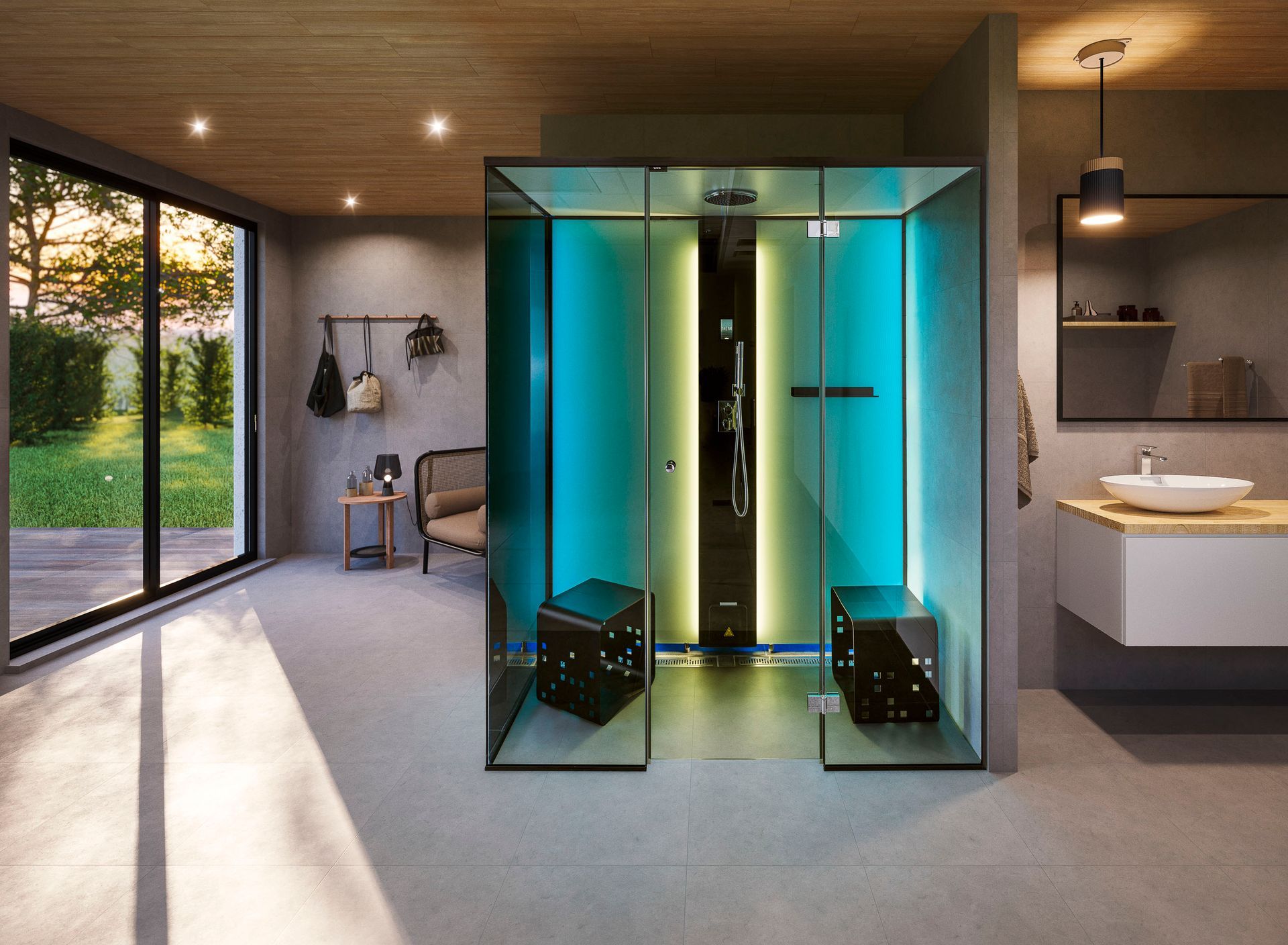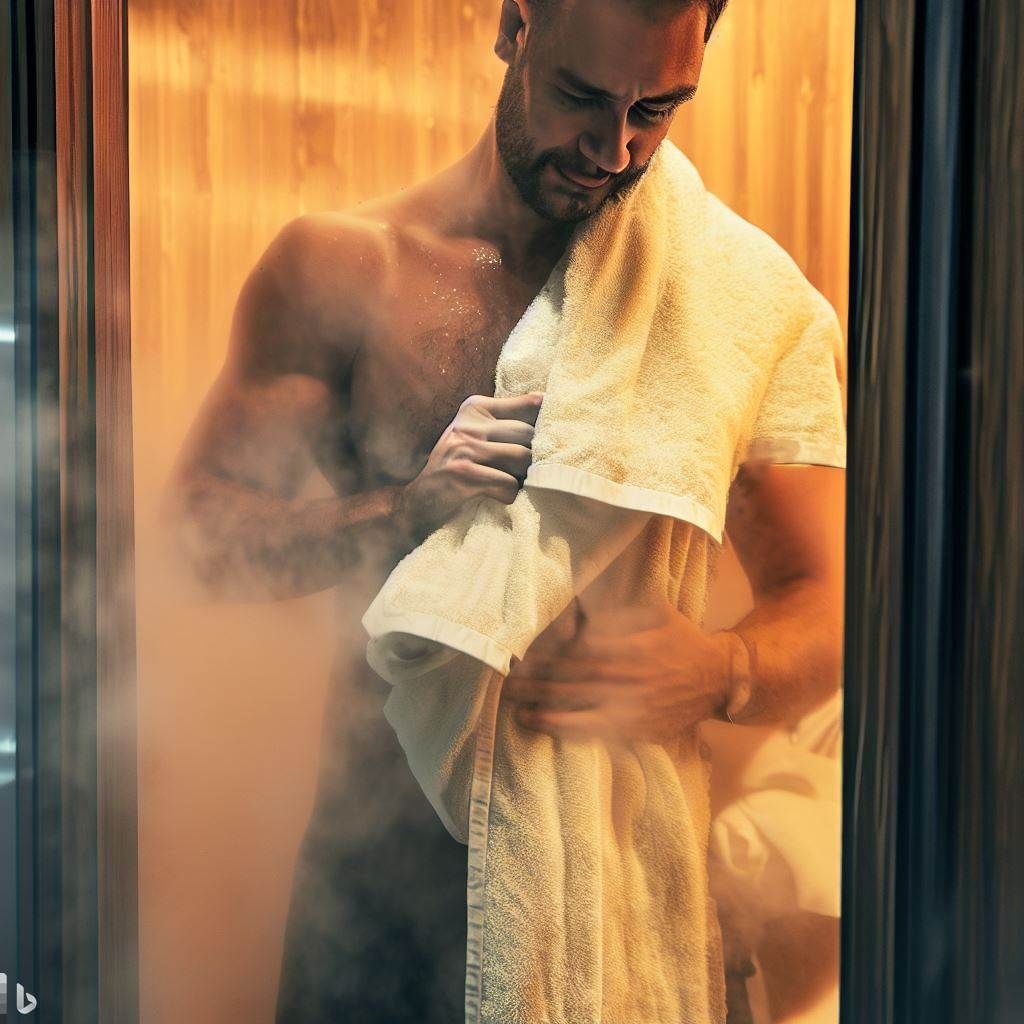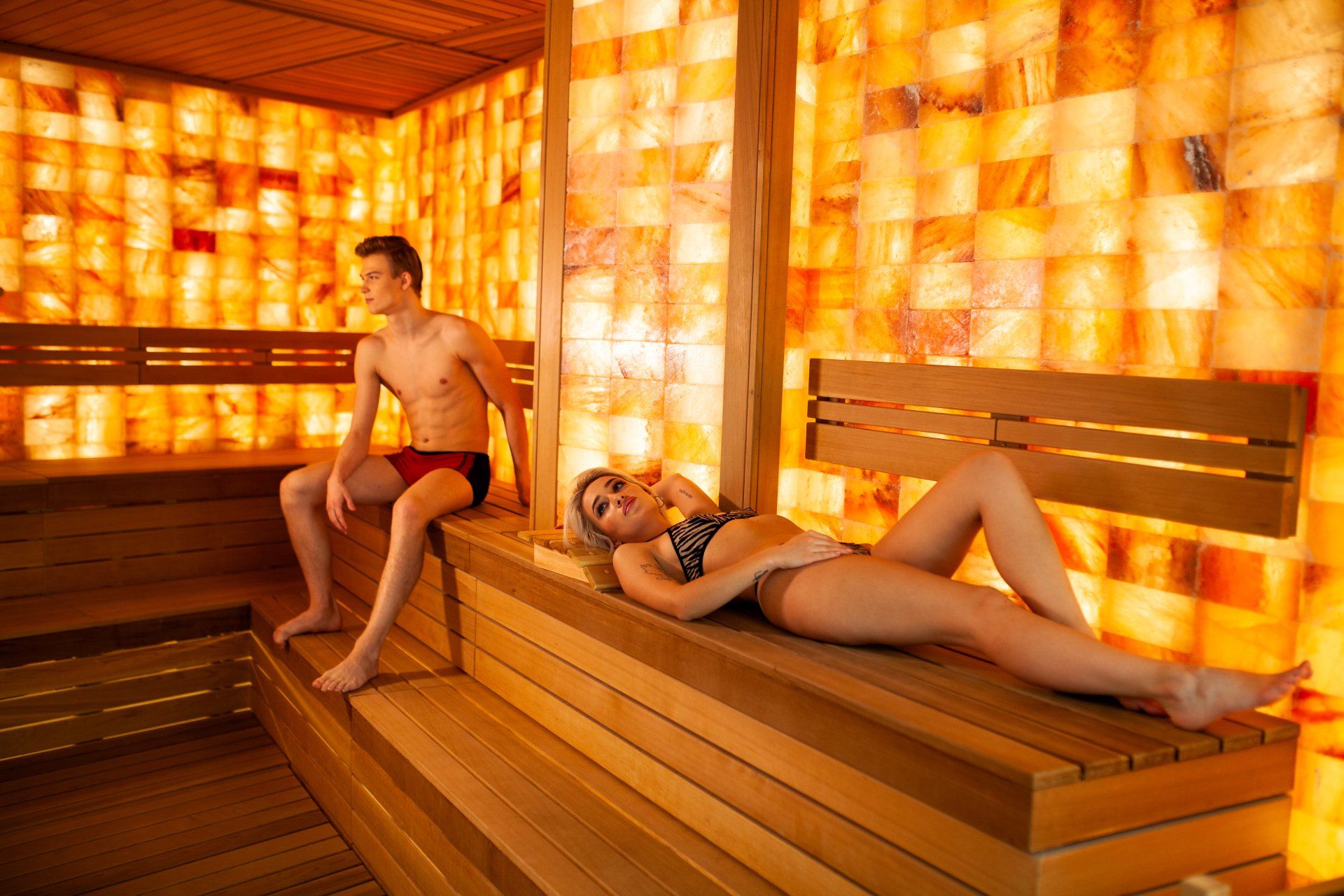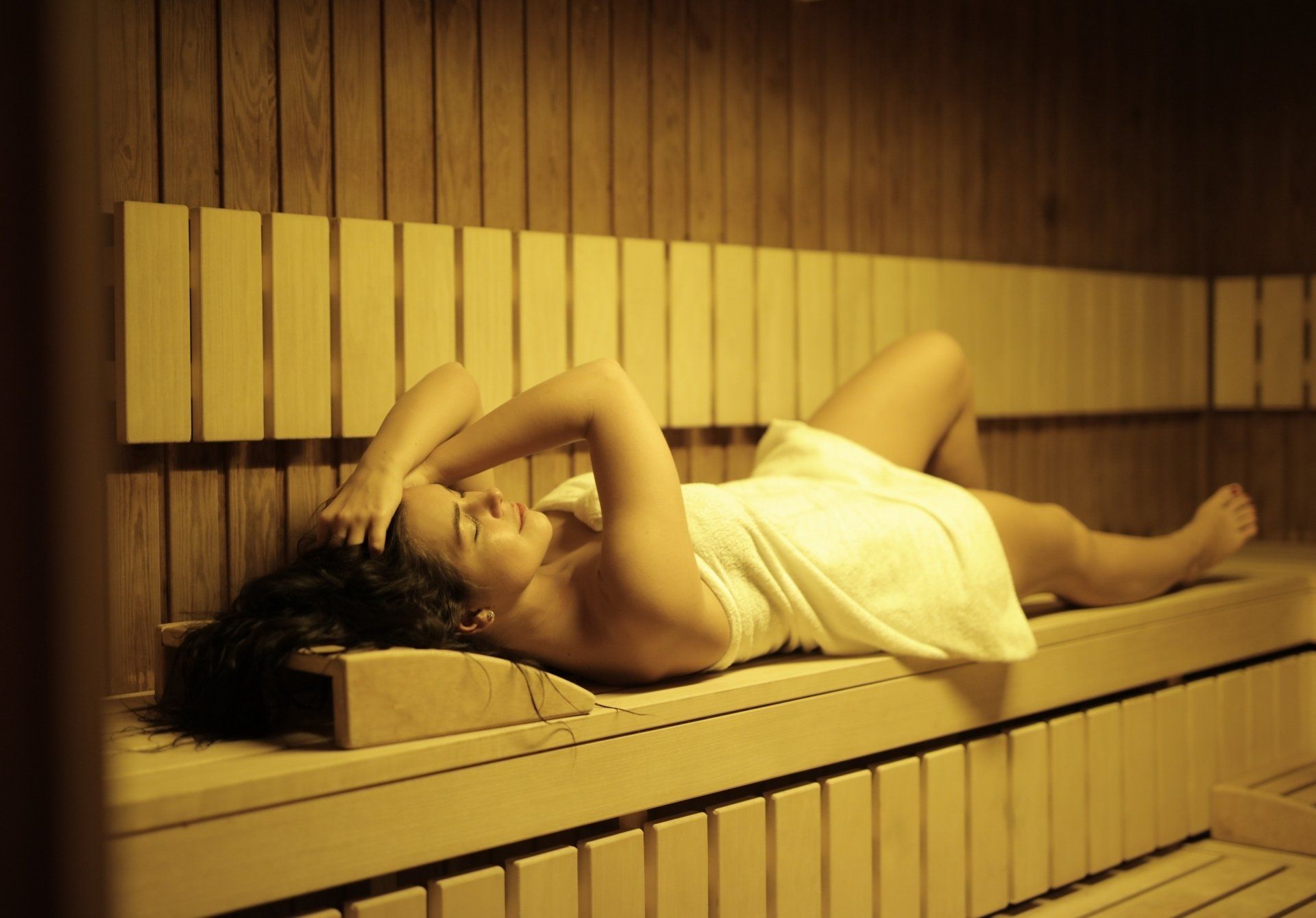Key Features of Home Sauna Design NZ
As concepts of beauty change and evolve, ideas that were one considered flawed or weak are now embraced and sought after. Read more about using contrast to create harmony.
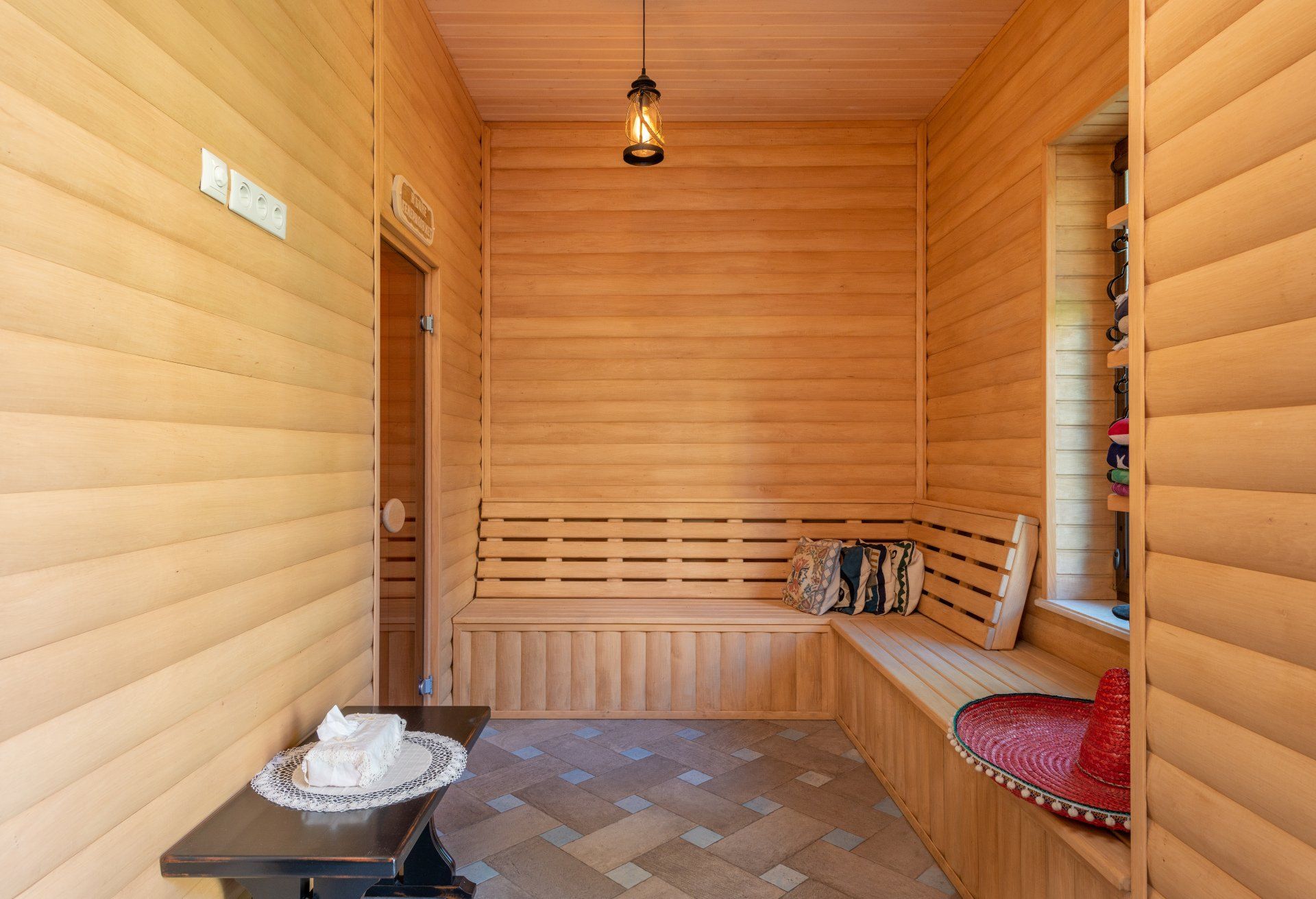
Air Exchange
The most crucial element in sauna design for a clean and long-lasting sauna is proper air exchange. Ensure there is an upper vent (exhaust) positioned approximately 1 meter off the floor, typically beneath the top bench.
The lower vent (fresh air intake) should be at floor level, near the sauna heater, facilitating convection and heating of incoming air. For indoor saunas, instead of the lower vent, it is acceptable to leave a 2.5 cm gap under the door. It's important to keep the vents open (and the door, if possible) when not in use to minimise the time during which bacteria can thrive.
Building codes mandate similar air exchange requirements due to the high temperatures and humidity in saunas, which can accelerate the growth of bacteria and fungi, leading to wood damage.
Regular maintenance and cleaning, such as using Sauna Clean diluted with water, are recommended. Commercial facilities can benefit from using an Ozone Generator automatic sanitising system to streamline sauna cleaning. Proper air exchange helps ensure comfortable breathing and maintains the integrity of sauna woods. Please refer to our sauna design plans for standard vent placement.
Vapor Barrier
Foil Vapour Barrier is an essential component of modern sauna construction. It keeps moisture within the sauna room and prevents it from seeping into the walls, which can lead to mould damage. Additionally, foil reflection (reflective foil placed behind paneling) adds insulation value. It's important to note that plastic or synthetic vapour barriers are not suitable for saunas, as they may break down and release toxic gases due to the high sauna temperatures.
Hotspots, such as knots in paneling, can melt holes in plastic or synthetic vapour barriers, exposing the inner walls to damaging water vapour.
Our 3D sauna plan, which demonstrates typical sauna construction, outlines the correct placement of foil sauna vapour barriers.
Paneling and Benches
The choice of materials for the sauna room varies, but in Europe and Scandinavia, tight-knot Spruce, Aspen, and Basswood are commonly used. Aspen, which is hypoallergenic and suitable for individuals with respiratory conditions, is a popular choice, especially in public or club saunas in Finland. It is known for providing a soothing sauna experience and is light in colour.
Western Red Cedar is also a favoured option in American sauna culture. Standard bench layouts are available in our sauna design plans, including 2-tier and 3-tier configurations.
Sauna design begins with the construction of 2" x 4" or 2" x 6" (recommended for outdoor saunas) framed and insulated walls. While installing paneling and trim, ensure there is a 1.5" clearance from the floor to prevent wicking of standing water and to accommodate flooring tiles. Air exchange is facilitated by keeping wood paneling off the floor, allowing the wood to breathe.
Superior Sauna Aspen paneling features a milled relief groove on the backside to promote airflow on both sides of the wood. We recommend finishing the sauna with ¾" thick Aspen paneling and 1.75" clear grain Basswood benches (without knots). Using clear lumber for benches and backrests is essential, as knots can create uncomfortable "hot spots."
Sauna Heater
Sauna heaters come in various types and sizes to suit different sauna designs, whether for commercial or residential use. Electric or gas sauna heaters should have a robust heater guard installed according to the manufacturer's specifications.
It's advisable to review the heater installation manual in advance to ensure your sauna design accommodates the chosen heater. Wood-burning sauna heaters have significantly higher surface temperatures and typically do not use a heater guard.
They often require a brick, stone, or heat shield wall inlay near the heater for a more intricate sauna design. Most sauna heaters can produce steam when water is poured onto the rocks. Scandia brand sauna heaters, in particular, are suitable for both wet and dry use.
They feature convection air flow vents, which reduce sauna warm-up time. The rock tray is separate from the heating chamber, allowing excess water in the rock tray to overflow onto the floor. Our 3D sauna plan outlines the addition of nailers inside the wall for mounting the sauna heater.
Doors and Windows:
Superior Sauna offers doors and windows in various sizes for sauna design and other building applications. These are crafted from select woods and feature double-paned, tempered insulated glass units.
Doors can be ordered without pre-hung framing, if desired. Standard windows are stationary, while awning-style windows have high-quality hinge and latch assemblies. For windows and doors, rough openings should be 2 cm wider and 2 cm taller for windows and 7.5 cm wider and 7.5 cm taller for doors than the actual window or door size.
It's recommended to frame in windows and doors after their arrival for a perfect fit with casing and door jamb thickness. Treated materials are advisable only for the sill plate or framing footer in case of occasional standing water in the sauna.
The front paneling features a unique waterfall groove design, and traditional V groove cedar from our own logs is also available. Our sauna bench design incorporates these airflow concepts. Please refer to our sauna plans for typical door and window placement.
Get your home sauna custom made and designed with the key feature you want get in touch today Click here

